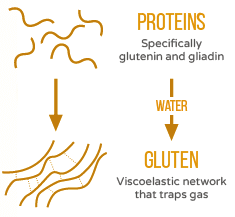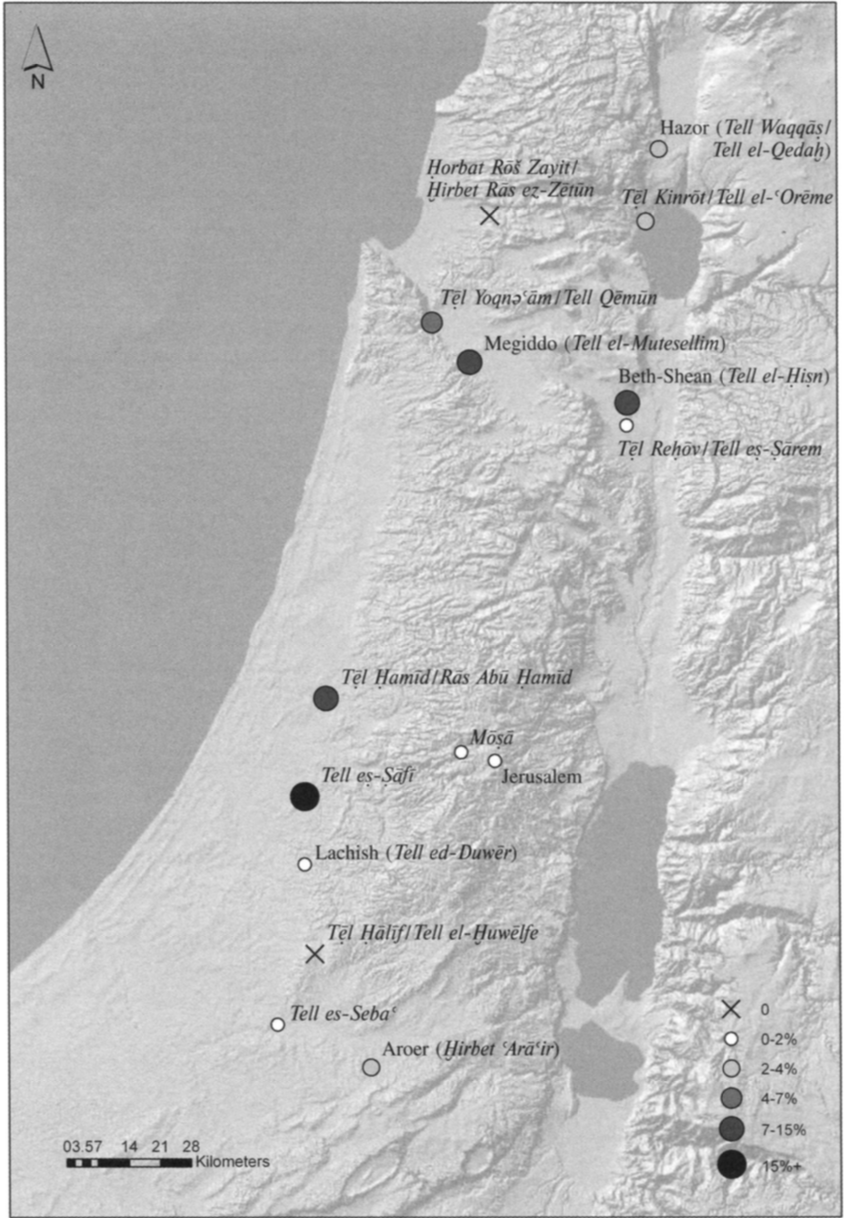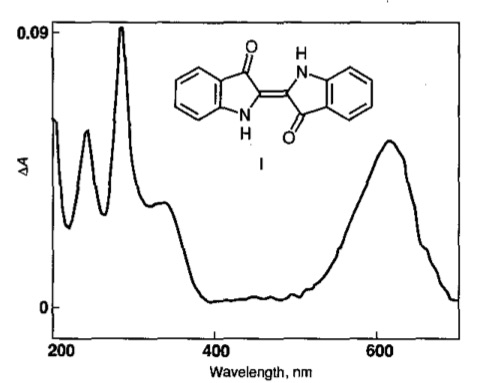מנחות פד,ב
רבי יוחנן מאי טעמא? אמר רבי אלעזר רבי יוחנן חזאי בחלום מילתא מעלייתא אמינא
What is the reason for the ruling of Rabbi Yohanan? Rabbi Elazar said: I have an explanation of Rabbi Yohanan’s ruling and since I saw Rabbi Yohanan in a dream, I know that I am saying something correct…
Rabbi Yohanan ruled that bikkurin may never be brought using inferior fruit, but he did not give a source for his ruling. Rabbi Elazar believed that he know the source, and furthermore, he was certain he was correct because he had seen Rabbi Yochanan in a dream. Here is the explanation of one version of Rashi (and it’s not the one usually printed in the Talmud).
וכיון דגברא רבא אתחזאי לי אמינא מילתא מעלייתא אני אומר היום
Since a great man appeared to me, I will give a good explanation today
What is the significance of our dreams, and for that matter, why do we dream at all?
The Talmud ON Dreams
The Talmud contains many theories about the content of dreams and our response to them. In Berachot (10b) Rabbi Hanan taught that even if a dream appears to predict one's imminent death, the one who dreamed should pray for mercy. R. Hanan believed that dreams may contain a glimpse of the future, but that prayer is powerful enough to changes one's fate. Later in Berachot (55b), R. Yohanan suggests a different response to a distressing dream: let the dreamer find three people who will suggest that in fact the dream was a good one (a suggestion that is codified in שולחן ערוך יורה דעה 220:1).
He should say to them "I saw a good dream" and they should say to him "it is good and let it be good, and may God make it good. May heaven decree on you seven times that it will be good, and it will be good.
Shmuel, the Babylonian physician who died around 250 CE, had a unique approach to addressing the content of his own dreams. "When he had a bad dream, he would cite the verse 'And dreams speak falsely' [Zech. 10:2]. When he had a good dream he would say "are dreams false? Isn't it stated in the Torah [Numbers 12:6] 'I speak with him in a dream'?" (Berachot 55b). In contrast, Rabbi Yonatan suggests that dreams do not predict the future: rather they reflect the subconscious (Freud would have been proud). "R. Yonatan said: a person is only shown in his dreams what he is thinking about in his heart..." (Berachot 55b). And in Gittin (52a) we learn that Rabbi Meir believed dreams were of no consequence whatsoever: “דברי חלומות לא מעלין ולא מורידין”
“It is of interest that two millennia separated the first detailed description of the major peripheral characteristics of dreaming from the first contemporary experimental results of brain research in this field, while only about 60 years were necessary to establish relatively solid knowledge of the basic and higher integrated neurobiological processes underlying REM sleep.”
WHY do we dream?
Dreaming takes place during the REM (Rapid Eye Movement) stage of sleep, when there is brain activation similar to that found in waking, but muscle tone is inhibited and the eyes move rapidly. This type of sleep was only discovered in the 1950s, and since then it has been demonstrated in mammals and birds (but not yet in robots). Most adults have four or five periods of REM sleep per night, which mostly occur in 90 minute cycles. Individual REM periods may last from a few minutes to over an hour, with REM periods becoming longer the later it is in the night.
Here are some theories about why we dream, all taken from this paper. (The author, J. Allan Hobson, directed the Laboratory of Neurophysiology at the Massachusetts Mental Health Center from 1968 to 2003. He also published more than 200 peer-reviewed articles and 10 books on sleep and dreaming. So he knows something about the physiology of sleep.)
1. Sleep and dreaming are needed to regulate energy
Deprive a lab rat of all sleep and it will die. Deprive a lab rat of REM sleep so that it does not dream, and it too will die. These sleep-and-dream deprived rats lost weight and showed heat seeking behavior. This suggests for animals which regulate their body temperature, sleep is needed to control both body temperature and weight. Importantly, only mammals and birds are homeothermic, and they are also the only animals which are known to have REM sleep.
2. Sleep deprivation and psychological equilibrium
Based on a number of experiments in healthy human volunteers, it has been shown that sleep and dreaming are essential to mental health. "The fact that sleep deprivation invariably causes psychological dysfunction" wrote Prof. Hobson in his review, "supports the functional theory that the integrity of waking consciousness depends on the integrity of dream consciousness and that of the brain mechanisms of REM sleep." (When we studied Nedarim 15 we noted however, that eleven days of sleep deprivation seemed to have no ill effects in one man.) The relationship between dreaming and psychological health is rather more complicated though: monamine-oxidase inhibitors completely repress REM sleep, and yet are an effective class of antidepressants. There appears to be a relationship between dreaming and psychological well being, but its parameters require much more study.
3. Sleep, Dreams and Learning
In 1966 it was first suggested that REM sleep is related to the brain organizing itself. This was later supported by studies which showed that the ability of an animal to learn a new task is diminished their REM sleep is interrupted. Other studies show that REM sleep in humans is increased following an intensive learning period.
“...dreaming could represent a set of foreordained scripts or scenarios for the organization of our waking experience. According to this hypothesis, our brains are as much creative artists as they are copy editors.”
A better explanation of Rabbi Elazar’s Dream in today’s daf
Perhaps the best way to understand the dream of R. Elazar is to take a look at his biography. R. Elazar (ben Padat) was a second generation amora (~3rd century C.E.) who was born in Babylon and later in his life moved to Israel. There he settled in Tiberias, where he studied at the Yeshivah of Rabbi Yohanan. The same Rabbi Yochanan about whom he dreamed. In fact R. Elazar saw R. Yohanan as his רבי מובהק - his most influential and beloved teacher. It was he who was sent to console R. Yohanan after the death of his brother-in-law, Resh Lakish (though R. Elazar failed to do so). Elsewhere, Rabbi Yohanan makes it clear that sometimes R. Elazar his student got things wrong. During a discussion about the reliability of witnesses, there is a claim that R. Yohanan had stated a certain opinion. Not so fast, said R. Yohanan. “That was stated by [my student] Elazar, but I never said such a thing” (אמר ליה זו אלעזר אמרה אני לא אמרתי דבר זה מעולם). But despite this lapse of memory, the esteem with which R. Yohanan was held by R. Elazar was remarkable:
יומא נג,א
וכד הוה בעי ר' אלעזר לסגויי הוה קא אזיל לאחוריה עד דמכסי מיניה
And when Rabbi Elazar wanted to leave his teacher, he would walk backward until he disappeared from Rabbi Yoḥanan’s sight [and only then would he walk normally, so as not to turn his back on his teacher].
The two men were close in life, and it turned out, in their deaths. In the year 278 C.E. Rabbi Yohanan died. He was briefly succeeded by R. Elazar who himself died within the year.
It is therefore no surprise at all that R. Elazar dreamed about his teacher. He probably did so often. The two seemed all but inseparable. And whatever are the scientific explanations for why we dream, we have all experienced dreaming about things that are on our mind. Just don’t ascribe to those dreams any more significance than that.
[Partial encore from here.]


















